Links:
IranVisitor.com
Blogs:
Bazaar Dispatch
Iran News Blog
Iran Travel & Tourism
Tools:
Calendar Converter

|
By: Bijan M. Sadeghi |
|
Tehran: |
Covering an area of 1500 sq. km, Tehran is situated in the north-central part of Iran, on the slope of the Alborz Mountain. As the national capital it is the most populated city in Iran and the center of cultural, economical, political and social activities. It is about 1200 meters above sea level and enjoys a mild climate. The highest peak in the Alborz range, Mount Damavand (5,671 meters, 18,600 feet is an extinct volcano, which dominates the skyline of Tehran.

The beginnings of Tehran are unclear but probably occurred sometime in the 11th century. It is believed that, as Tehran had a pleasant climate and was green and fertile, it often came under attack from highwaymen. In order to protect themselves, the villagers made underground dwellings. Hence, the name Tehran (Tah - Ran), meaning "underground town" (Tah meaning under, Ran meaning town or place). Tehran became a capital in 1789, under Qajar rule, replacing Shiraz in that function, and in 1796, Agha Mohammad Khan was enthroned there. His successor, Fath Ali Shah (1797-1834) continued the transformation of the town and had the Shah's Mosque (today, the Imam Khomeini Mosque) and Golestan Palace built, while Nasir ad-Din Shah (1848-96) enlarged the walls and commissioned the Sepahsalar Mosque. During the 19th century, the centre of the city remained focused around the palace and the bazaar. However, Reza Shah (1925-1941) preferred to live in his palaces to the west of the town or in those of Sa'ad Abad, 10 kilometers to the north, and large avenues were cut to link these areas together during his reign. This was the beginning of the vertical north-south axis, which is so characteristic of Tehran. With a population of an estimated 15 million, Greater Metropolitan Tehran ranks as one of the world's largest capitals. The aerial size of the city has also expanded to such an extent that the size of the city now exceeds that of New York. The skyline of Tehran is growing with an ever increasing speed - Construction cranes are scattered across the cityscape. New buildings are popping up everywhere, every month.
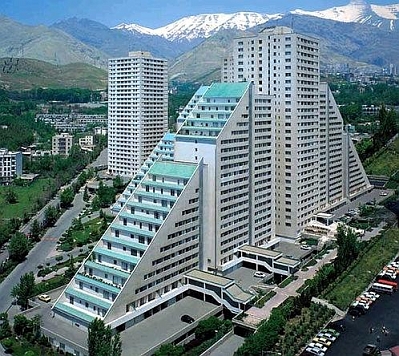
The majestic mountains surrounding Tehran is a gift of nature whose beauty no human construction can ever compete with. Without them Tehran would not be "Tehran".
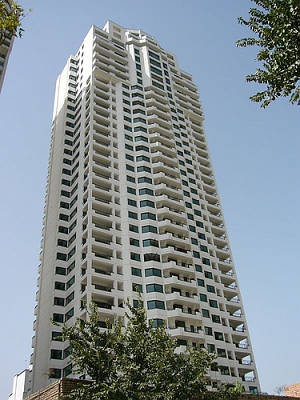
The affluent parts of Northern Tehran boast luxury apartment buildings and condominiums featuring such amenities as "White Glove" doorman service with pools, Jacuzzis and private garages in the flat. (You drive the car into the elevator and it will deliver your car up to your own private garage next to your flat) Real Estate prices in Tehran have in the last couple of years reached levels that are comparable to New York City. It's not uncommon to see a two to three-bedroom apartment in Tehran going for more than $1,000,000 on the market today. On the other hand, few investments in the world offer such fast and generous returns.
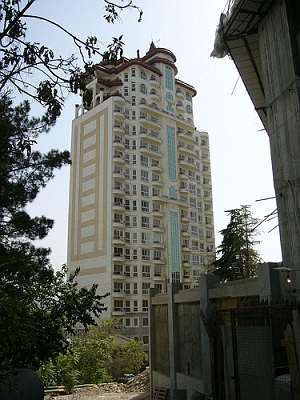



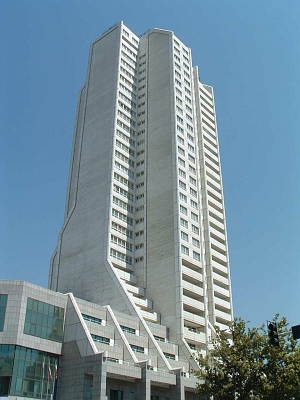
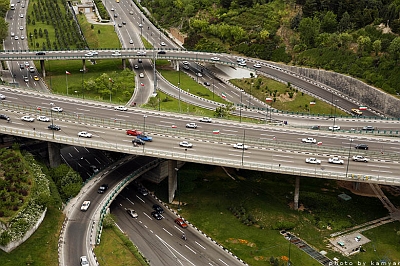
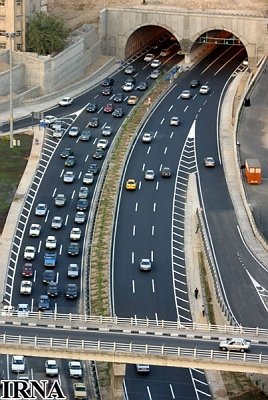
Tehran is expanding in all directions and up into the mountains. Recently, the most ambitious and rigorous efforts have been pursued to establish order and discipline in the extremely chaotic traffic of the city. Cameras have been installed throughout the highway system and in busy intersections which zoom in to register the license plate of violators. An authoritative voice blares out from loudspeakers installed at busy intersections admonishing the driver who has violated the traffic rules. Huge digital displays along the highways deliver traffic messages.

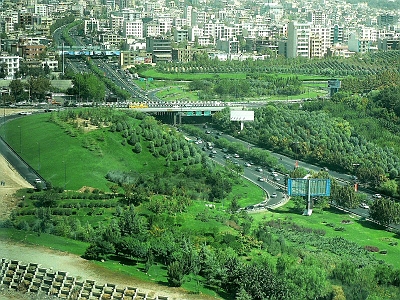

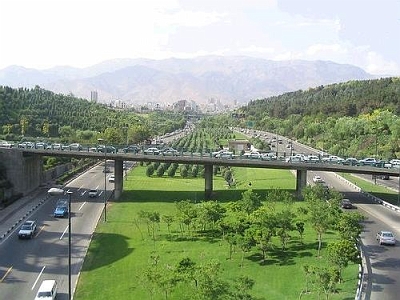
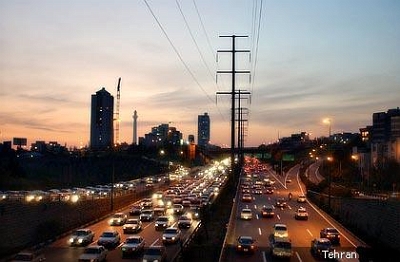
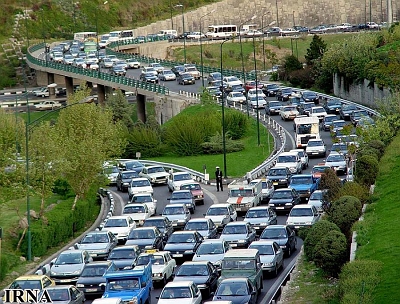
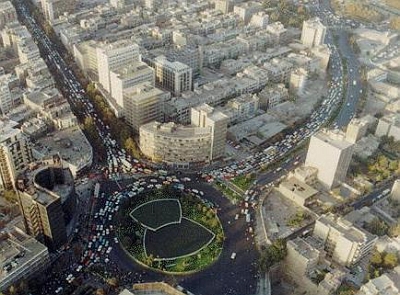
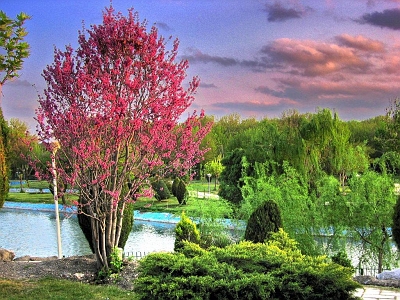
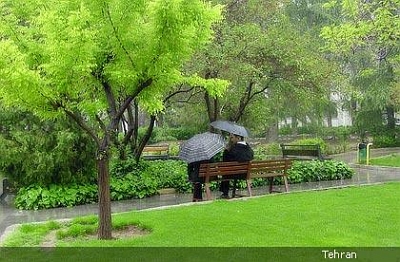
There are many beautiful parks all around the city. below are some pictures of these parks which are taken in different seasons: Spring - Summer - Fall - Winter.
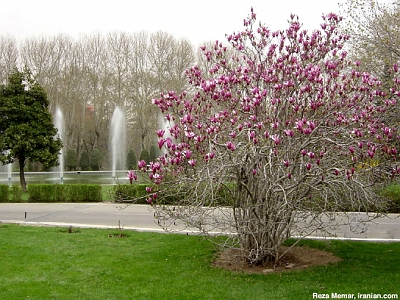
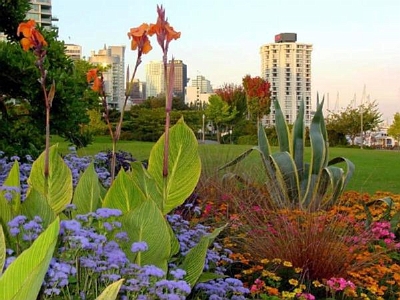
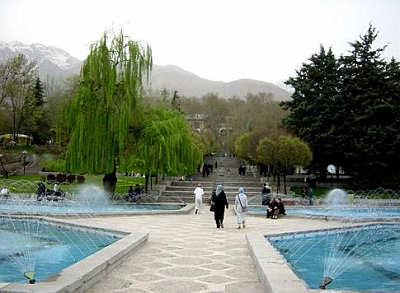

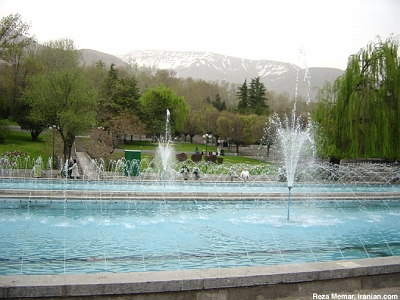
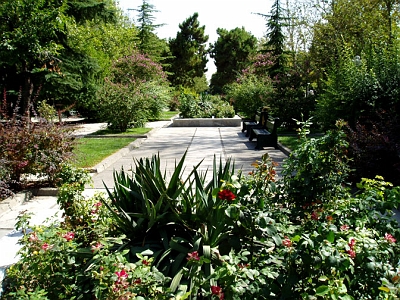
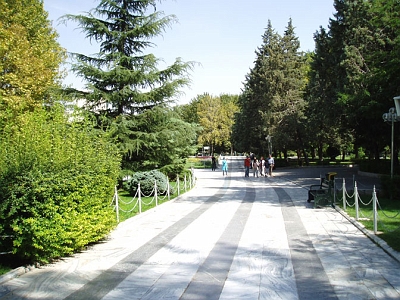
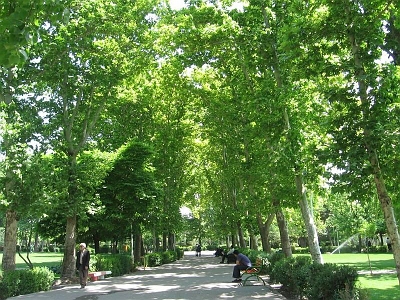


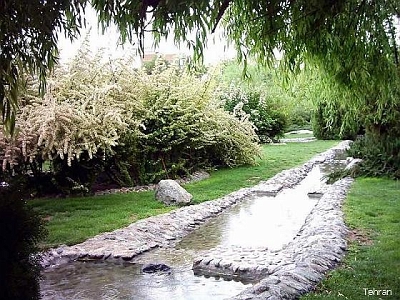

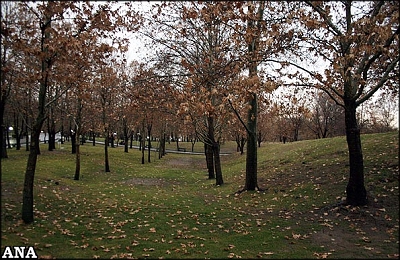
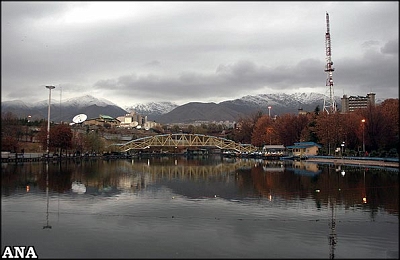
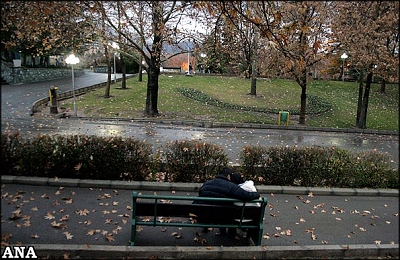


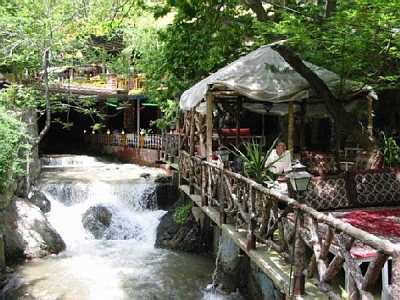
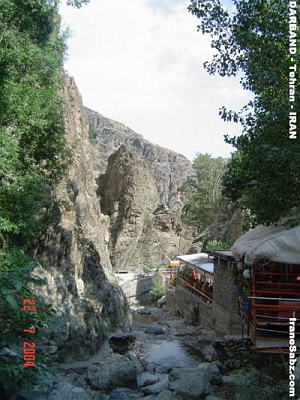
Darband is a beautiful mountain resort in the mountains surrounding Tehran - A great place to cool down for those escaping the summer heat and Tehran's pollution. Darband mountain upskirt , a place for people of Tehran to spend their time in a cool enviroment by the river & nature ... The initial start of the trail at Darband is about 250 metres long and is dotted with a number of small cafes and restaurants. These are quite popular and are busy in the evenings, as locals and tourists alike visit the many hooka lounges (locally called ghavekhane sonnati) along the trail.
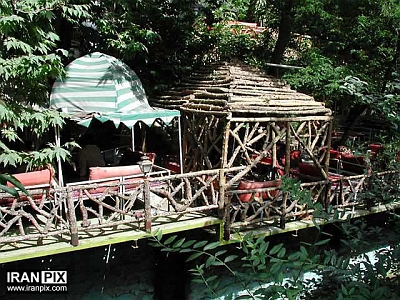
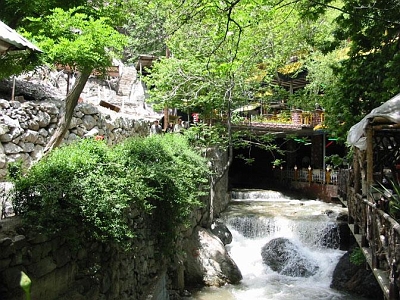

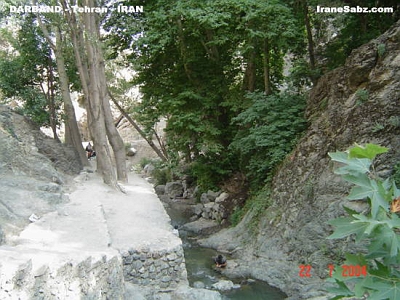

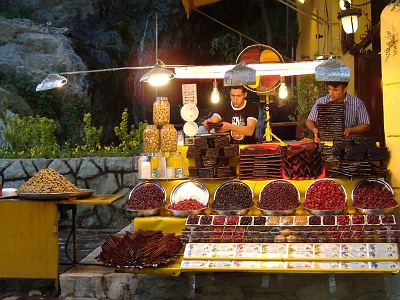

On the way to the trail, there are stores that sells seasonal treats (fresh almonds, berries, etc).


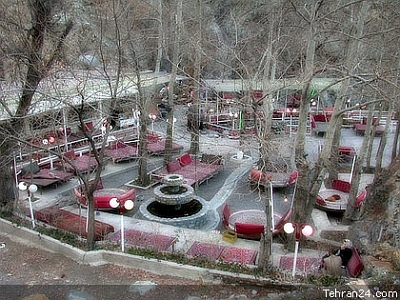

Darake is an area in the north-eastern part of Tehran which consists of a village and numerous trails into the mountains above. The trails are what draws the crowds, though for various reasons. They lead into the mountains and all along the trail are fast moving streams and waterfalls created by thousands of years of melting snow, making its way down to the base of the mountains to where Tehran lies. The trail is extremely popular among Tehranis, especially younger ones. Along the trail are several chaikhanes (tea houses) where one can rest, sit on a rope bed, and sip some piping hot tea. What to eat with your tea? Well, besides a number of common Iranian nibbles one will find an abundance of shahtoot, or mulberries. The shahtoot are large, plump and delicious. You will of course eat them using your fingers, turning your fingertips a shade of purple. When you have had enough of hiking you can stop just about anywhere along the trail, position yourself on some of the large rocks that lie beside the stream and dip your feet into the ice cold water. It is extremely cold water but exhilarating. It is best to start out for Darake early in the morning, before the sun rises too high in the sky. If you go early and on a Friday (everyone's day off), you will find that you are not alone. You will see hundreds of Tehranis taking a break from city life and will doubtless get a chance to meet and speak to many of them.
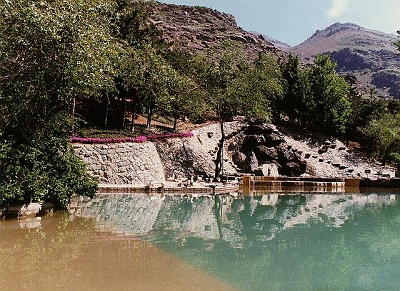
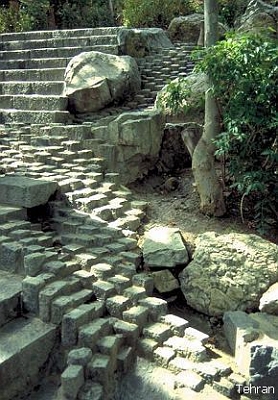
Jamshidieh Park (or Jamshidieh Stone Garden), established in memorial of Jamshid Davallu Qajar, a Qajar Prince that dedicated this garden to Farah Diba, Empress of Iran. The park, which is located in the Niavaran district at the base of the Kolakchal Mountain, is one of the most picturesque and beautiful parks in Tehran. There are numerous restaurants, traditional teahouses (houses of culture which represent the diversity of Iran's ethnic and tribal heritage), picnic areas, and hiking trails from the lower area of the park all the way up to the top of the mountain. There is also a classically designed open air amphitheatre. The park was developed during the Pahlavi era, but has been extensively upgraded and maintained since the Iranian Revolution. It is especially popular amongst the youth.
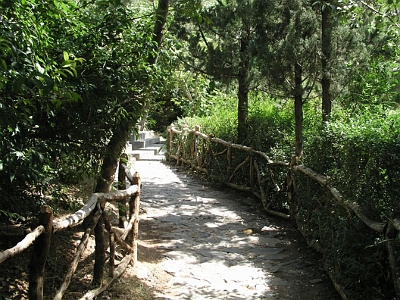

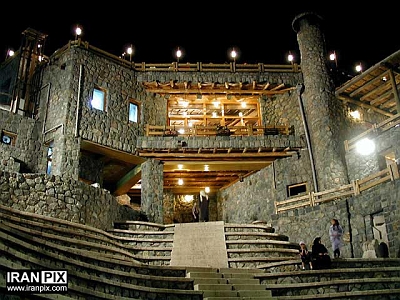
Hashtbehesht is located in the northern part of Tehran near Darake.
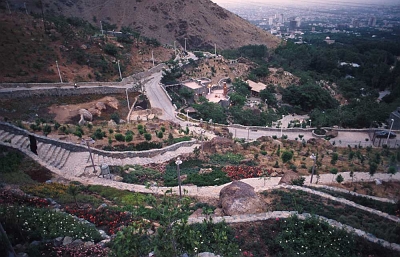
Although there are in theory 16 ski resorts are located in Iran (depending on the conditions), there are two main ski resorts Dizin and Shemshak. The two are located very close to each other and there is quite a bit of rivalry between the locals. Shemshak, inaugurated in 1958, is a good resort if you look at Skiing as a sport rather than as a fun pastime. Its slopes are suitable for expert skiers and those who enjoy ski moguls. If you want to meet the best Iranian skiers and snowboarders this is the place to go. Dizin is Iran's main and most frequented ski resort. It is suited to beginners and intermediate skiers. It became operational in 1969. Foreign skiers usually choose Dizin when coming to Iran, as it provides the best facilities and provides an overall good ski experience all round. Dizin is one of the highest ski resorts with its peak, from which you can ski down, reaching an altitude of around 3600 meters, i.e. 12,000 feet.
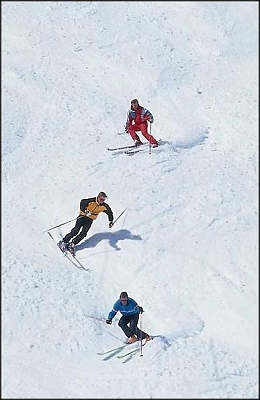
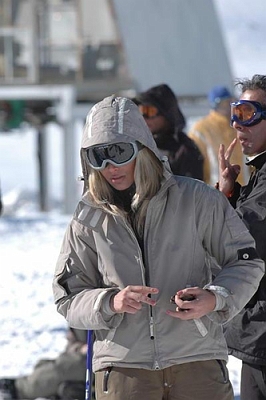
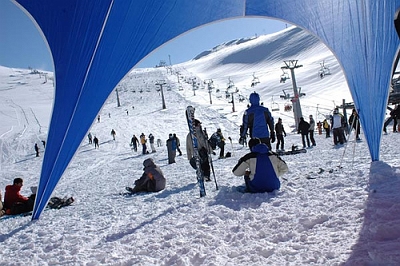
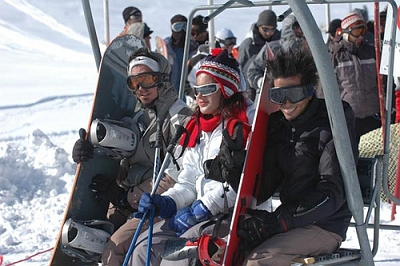
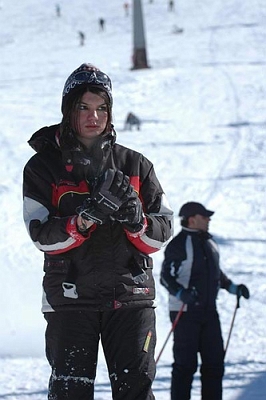
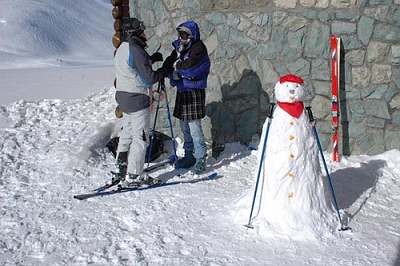
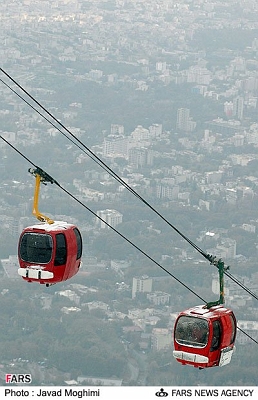
Below are some pictures taken from shopping centers in Tehran. There are different shopping malls at different locations in Tehran.
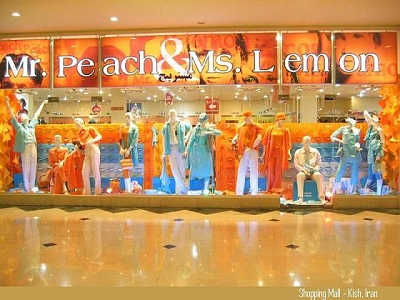
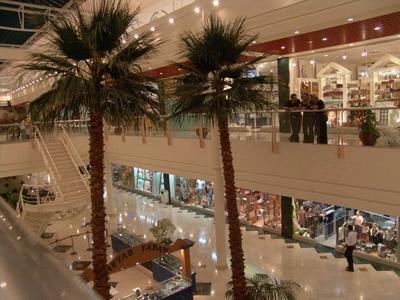
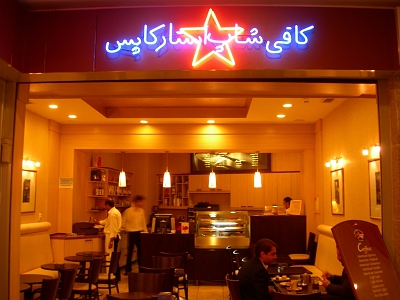
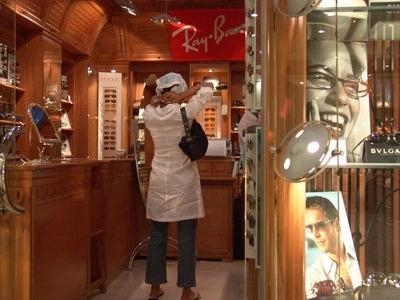
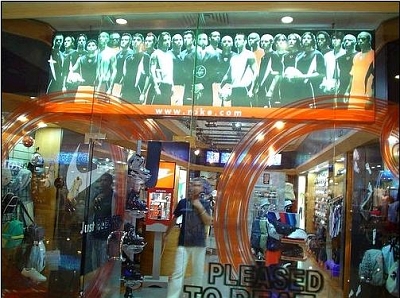
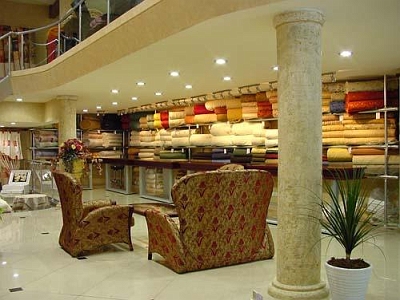
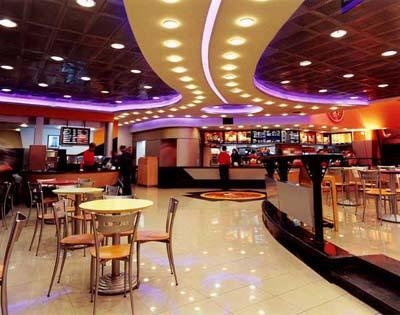
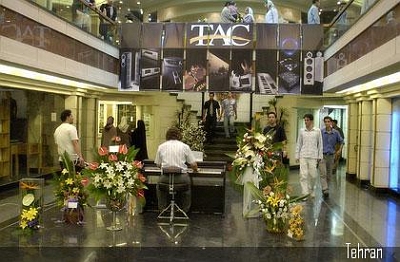
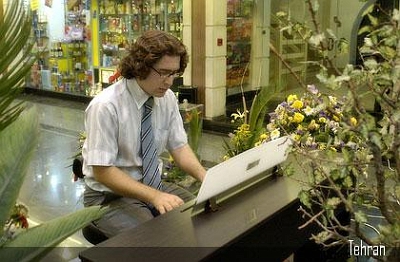
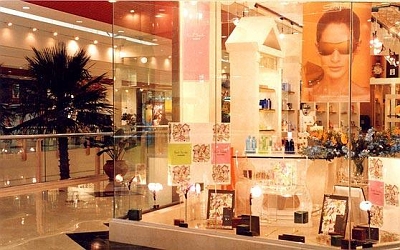
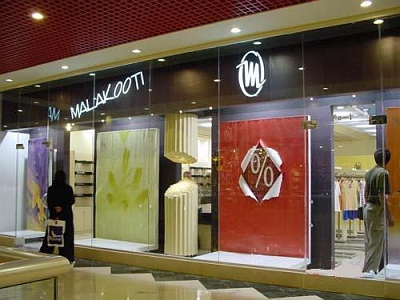
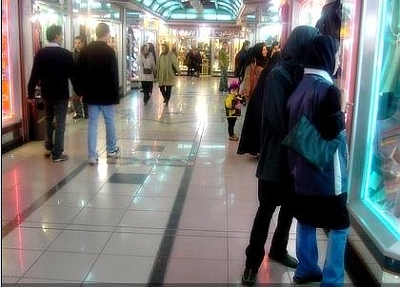
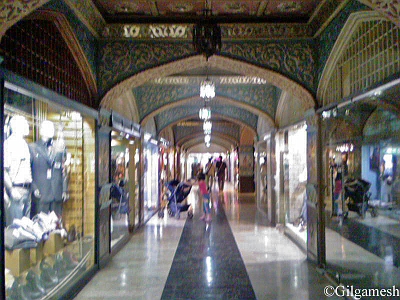
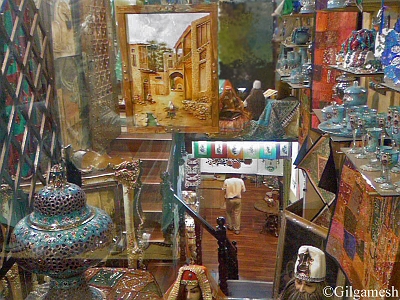
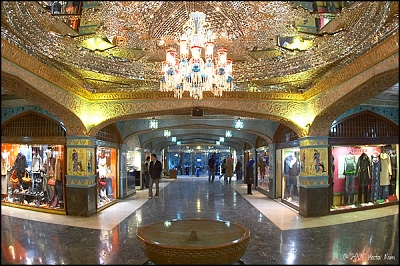

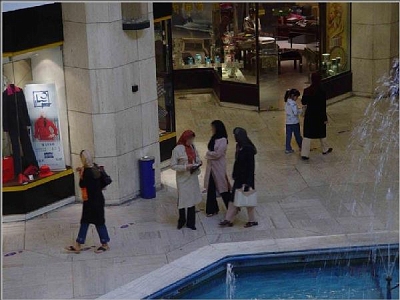
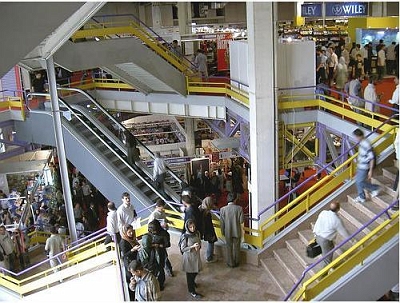
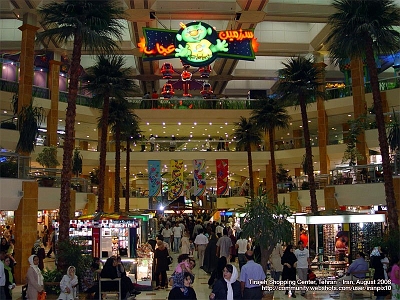
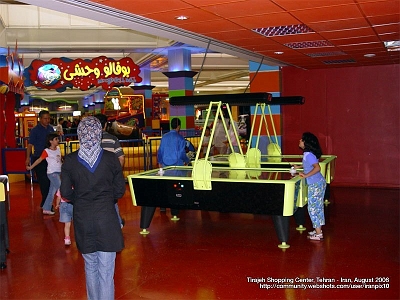


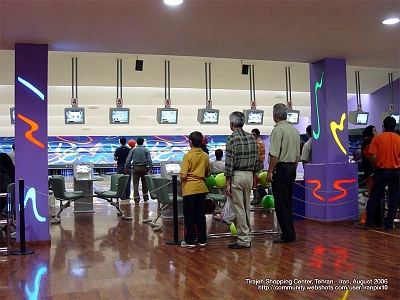
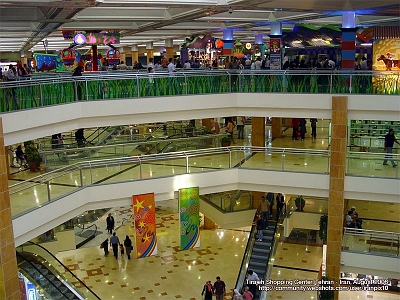
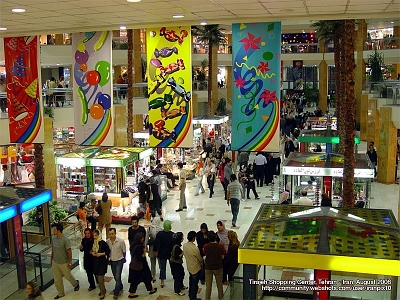
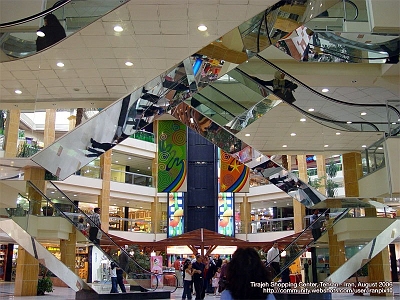
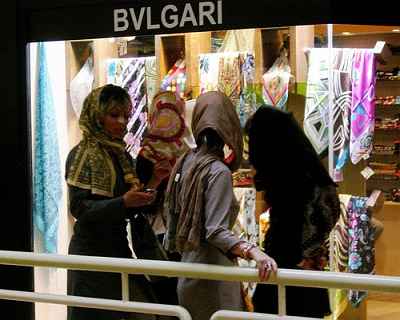





Tehran City Theater is the place that most of the famous players have their performance.
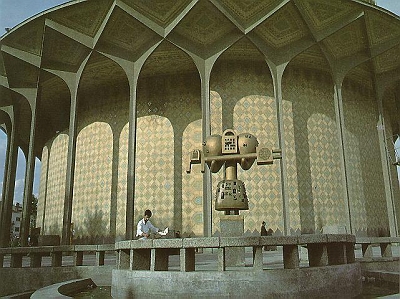
Cinemas are also very popular among people.
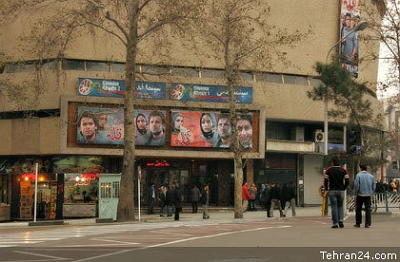


Iranian composer and conductor, Shahdaad Rohaani, conducting the Tehran Philharmonic Symphony Orchestra at a concert at Tehran's Roudaki Hall, which after the revolution is called "Vahdat Hall".


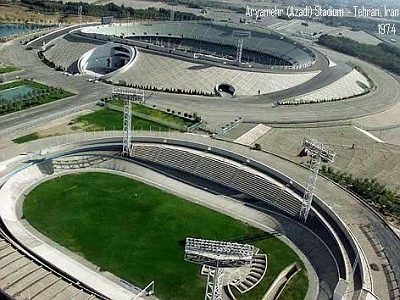
Built in 1974 for the purpose of hosting the Asian Games, and hopefully one day the Olympic Games. But then came the revolution which toppled the regime of the Shah, and Iran's aspiration to host the Olympics vanished over night. Back then it was called "Aryamehr Stadium" - Aryamehr was the title bestowed on the last Shah of Iran, and translates into "Light-of-the-Aryans" (The name of the country - "Iran" literally means "Aryan", which is ancient Persian for "Noble") Today it's officially called "Freedom Stadium" (Azadi). The AzadiStadium holds more than 100,000 people and the surrounding sports facilities include an indoor swimming pool which supposedly is the largest in the world, unless an even larger one has been built in recent years.
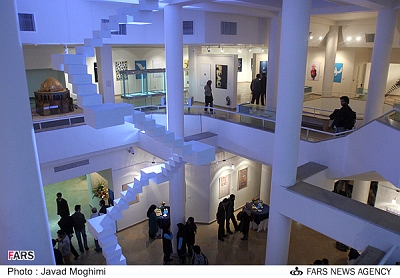
Tehran Museum of Contemporary Arts is one of the world's renowned museums of Modern Art which also houses one of the world's largest collections of contemporary Western art - The largest outside of Europe and the U.S.A. Rembrandt, Van Gogue, Picasso, Salvador Dali, Matisse, Andy Warhol, you name it. Tehran's Museum of Contemporary Art (MoCA) has one of the largest collections of Western contermporary art in the world. After the revolution of 1979, many of the "nudes" were kept hidden in the archives of the museum. Only as recently as this year has many of those nudes reappeared on display in the museum.


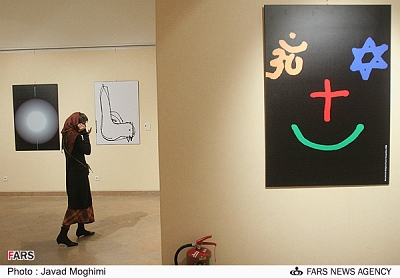
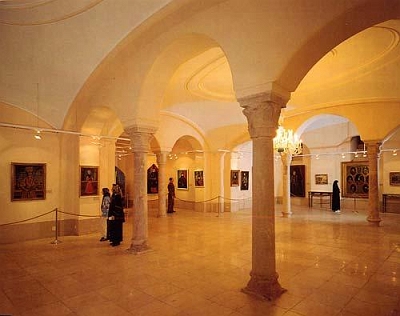
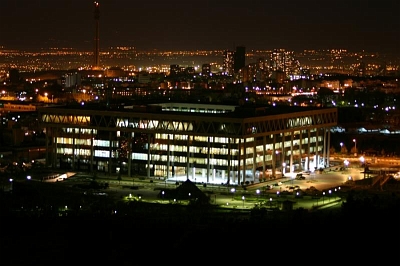
IRIB the new headquarters of the state-run Iranian Radio and TV Broadcasting. IRIB's International Service makes it one of the leading in the world. Few other countries target so many different language groups. Here are some of the languages IRIB broadcasts in: Arabic, Albanian, Armenian, Bengal, Bosnian, Chinese, Dari, English, French, German, Hausa, Hebrew, Hindi, Indonesian, Italian, Japanese, Kazakh, Kiswahili, Kurdish, Pashto, Russian, Spanish, Tajik, Turkish, Urdu...

The Tehran Monorail which together with the Tehran Metro and a cable car system would hopefully help decrease the choking nightmarish Tehran traffic and pollution. However, Monorail is currently under construction and hopefully will come to operation in near future.
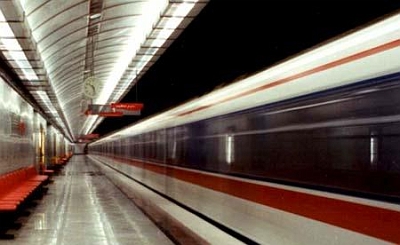
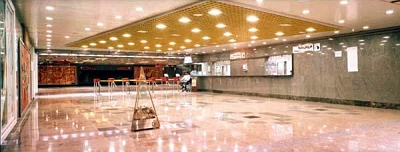
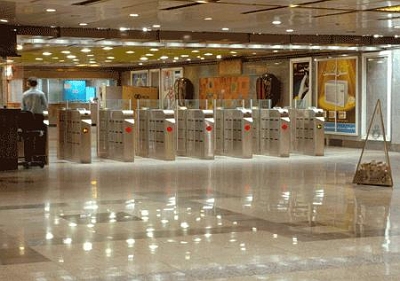
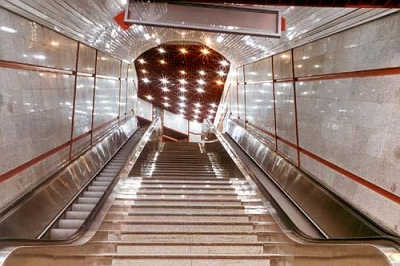
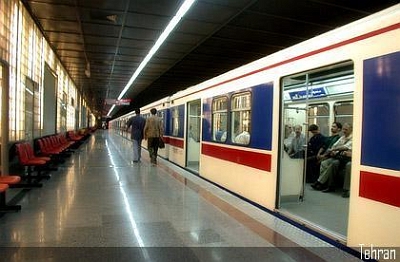
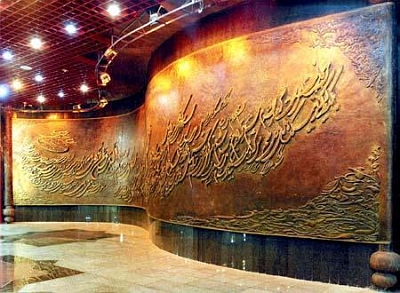
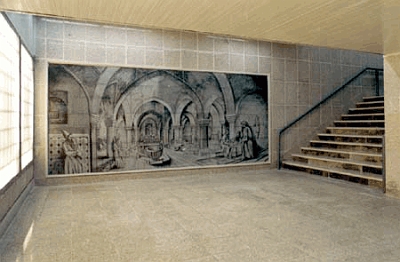
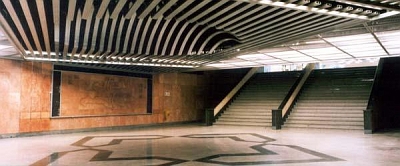
Known as the "Shahyad" monument before the revolution - Now it is known as the "Azadi" (Freedom) monument. As you arrive from the Mehrabad International airport, it welcomes you as sort of an entrance gate to Tehran. Under the monument there is a vast museum with everything about Iran's history, and at the top there is a restaurant among other things.
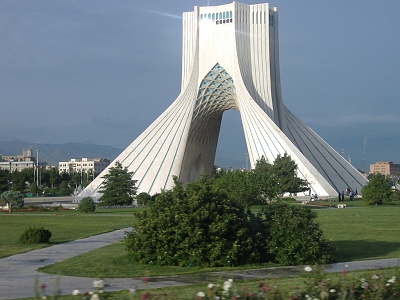
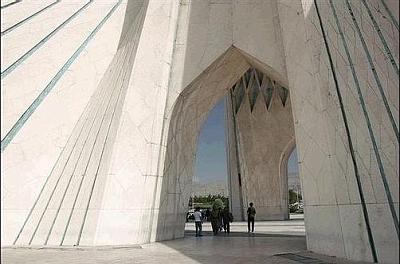
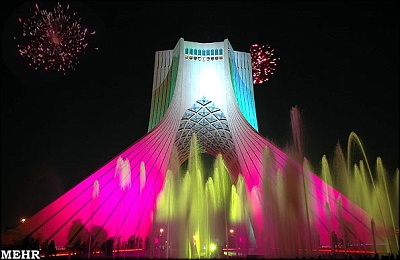
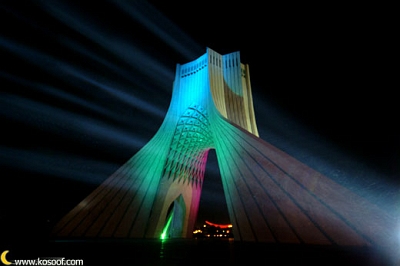
The progressive and modern Tehran of today is an example of Iranian resourcefulness - An asset which has been used to resist the many painful events that has afflicted Iran throughout its long history. The images of this collection may not show the whole picture since I have chosen to show only the best side of Tehran. Tehran, and Iran as a whole today, is faced with many problems - Social, economical, environmental and political - A lot of it being consequences of the long and devastating Iran-Iraq war, U.S. imposed sanctions and international isolation. My aim with putting together this collection is that these pictures which reflect "Iranian resourcefulness" shall provide hope and inspiration, as well as motivation to resolve all of these problems. Let these images of Tehran serve as a reminder of this resourcefulness and as a source to provide passion, vision and hope for a bright, prosperous and progressive future for Tehran and every corner of Iran.
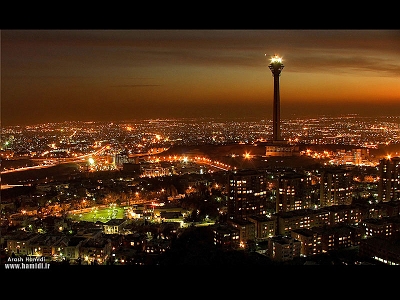
God Bless Tehran!
Your Comment: |
|
| Rate : | |
| Name : | *Required |
| Email : | *Confidential |
| Comment : | |
 |
|